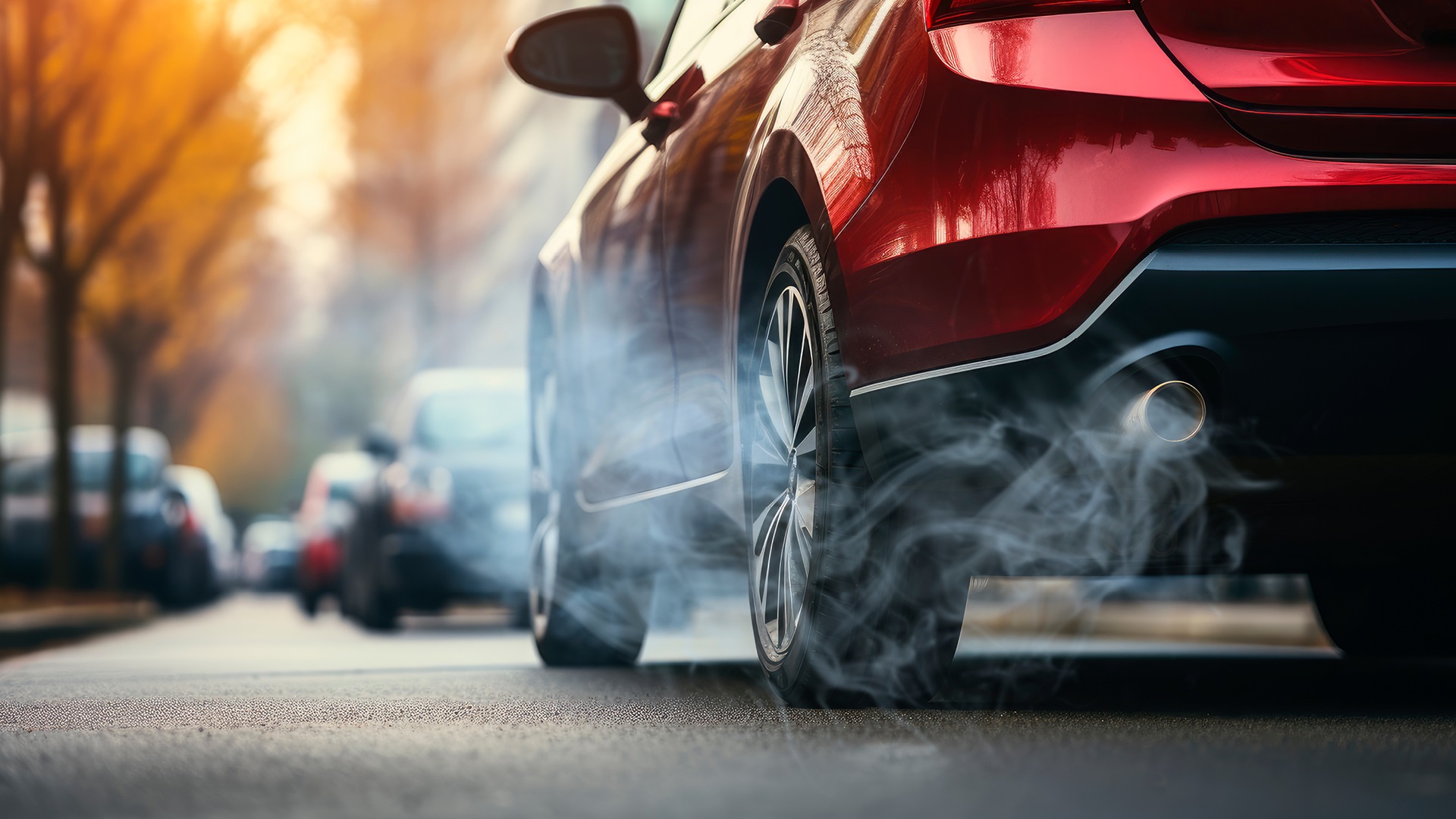CITROEN

ë-Jumpy Hydrogen is the brand's new proposal
The disembarkation of Stellantis hydrogen-powered vans at European dealerships is going around the corner. Production of the new Citroën ë-Jumpy Hydrogen is underway. Deliveries of Citroën's new electric fuel cell van are expected to start immediately. A model created on the basis of the Citroën ë-Jumpy and which is destined to help boost the massification of hydrogen.
The first unit of the new ë-Jumpy Hydrogen has already left the assembly line, a preliminary step towards materializing its arrival on the market. This symbolic unit will be handed over for a few days to one of Citroën's main partners, the Suez Group. The specimen will be used to perform tests in real environments.
Compared to an ë-Jumpy with 100% electrical mechanics, Citroën highlights that the hydrogen solution implemented in the new ë-Jumpy Hydrogen is aimed at those drivers who need to have a range of more than 300 kilometers to carry out long journeys. In the bowels of this van are two complementary propulsion systems. A battery that stores energy and provides electricity, and a fuel cell that transforms a mixture of hydrogen and oxygen in the air into electricity, water and heat.
The electric motor, powered mainly by the 45 kW hydrogen fuel cell, allows it to run for a minimum of 350 km. The lithium-ion battery has a capacity of 10.5 kWh, which gives the van a range of 50 kilometers in all-electric mode in the WLTP cycle. The combination of both propulsion systems guarantees a range of over 400 km.
Another key determinant of the new ë-Jumpy Hydrogen with regard to an electric battery van has to do with recharging times. Hydrogen refueling is very similar to gasoline and diesel. It only takes 3 minutes to fill the three hydrogen tanks that can store up to 4.4 kg useful.
The battery is placed under the seats and the three hydrogen tanks under the floor. In this way, the carrying capacity was not diminished. The load volumes of the different bodies are the same as the equivalent electric versions. That is, 5.3 m3 for size M and 6.1 m3 for size XL. The payload and towing capacity can reach up to 1,000 kg.
The series production process of the new ë-Jumpy Hydrogen will take place at the Sevel Nord facility in France. Once the electric van is built, the transformation needed to install the hydrogen fuel cell system will be carried out at Stellantis' factory in Rüsselsheim (Germany). The first unit of the ë-Jumpy Hydrogen will be delivered in early 2022 for a 15-day trial under real conditions.
Autonews


Nenhum comentário:
Postar um comentário